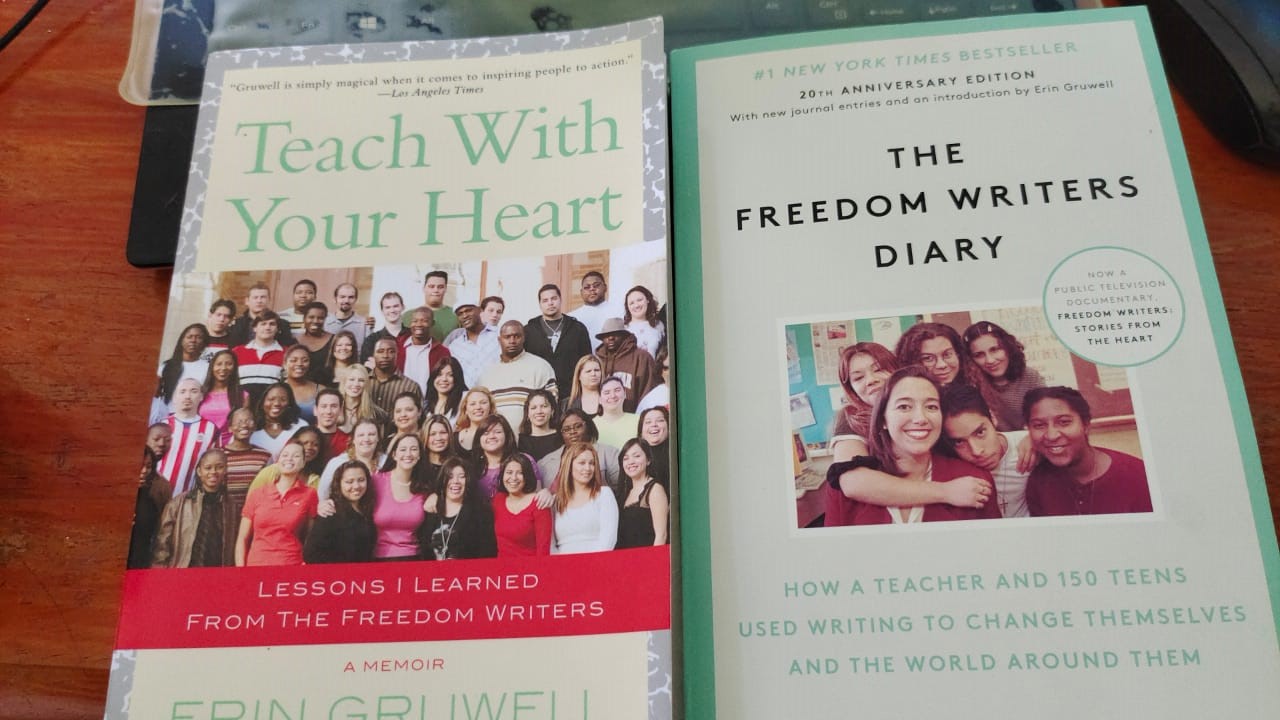Budaya positif dalam pembelajaran melibatkan usaha yang terancang. Ianya boleh dibentuk dan memakan masa. Kita perlu mempunyai usaha yang konsisten kerana budaya positif bukannya pilihan tetapi keperluan (penting seperti pentaksiran atau perancangan pengajaran dan pembelajaran). Kemerosotan dari segi minat, pencapaian dan sebagainya akan berlaku sekiranya kita tidak dapat mewujudkan budaya positif.
Pelajar perlu mempunyai keyakinan untuk mengambil risiko untuk salah. Pembelajaran tidak mungkin berlaku sekiranya pelajar tidak melakukan kesalahan atau kesilapan. Kegagalan patut diraikan, bukan dihukum.
Budaya positif dalam bilik darjah boleh diwujudkan dengan melibatkan deria yang pelbagai seperti deria penglihatan, pendengaran dan psikomotor.
4 aspek budaya positif dalam pembelajaran
- Komunikasi
- Memberi idea
- Mengambil risiko
- Berani/ selamat
3 Ps (atau TOP)
- Purpose (Tujuan)
Kita perlu menggambarkan (visualize) tujuan yang ingin kita tuju. Gambarkan dalam minda kita, pelajar kita seronok terlibat dalam aktiviti yang kita laksanakan. Dari situ, rangkakan aktiviti yang kita akan laksanakan untuk mewujudkan perasaan seronok dalam kalangan pelajar kita. Dari visualiasi, ianya akan diterjemahkan dalam tindakan yang kita lakukan. Akan tetapi, amatlah penting bagi kita memastikan emosi kita selaras dengan apa yang kita gambarkan dalam minda tentang budaya positif (contoh: gambarkan murid sedang berkomunikasi dengan rakan yang lain). Sebagai permulaan, boleh letak apa yang kita gambarkan dalam bentuk peta minda.
2. Processes (Proses)
- Tentukan nilai bersama dengan murid/ibu bapa/rakan guru
Jangan “syok” sendiri. Tapi, sekiranya sukar untuk menentukan nilai bersama ibu bapa dan guru, kita boleh fokuskan menentukan nilai bersama murid terlebih dahulu.
Nilai yang ingin dicapai seperti penglibatan pelajar (komunikasi), menawarkan/ berkongsi idea, mengambil risiko dan mewujudkan persekitaran yang membolehkan pelajar berani mengambil risiko dan berasa selamat.
Cara melibatkan pemegang taruh ialah dengan cara
– a) Inform (maklumkan perkembangan atau apa yang dirancang)
– b) Consult (mendengar masalah dan aspirasi. Berikan maklum balas bagaimana pemegang taruh telah memperngaruhi hasil.
– c) Involve + Collaborate (memastikan masalah dan aspirasi menjadi fokus guru)
– d) Empower (melibatkan pemegang taruh untuk merancang). Proses ini memakan masa sedikit.
- Analisa jurang (gap review)
Kita perlu melakukan refleksi dan analisa sejauh mana budaya positif telah wujud dalam kelas. Apakah yang telah dilakukan? Sejauh manakah ianya telah dilaksanakan? Sejauh manakah ianya berkesan? Apakah yang menghalang budaya positif dilaksanakan? Apakah yang boleh diperbaiki/ ditambahbaik?
Apa jua yang kita lakukan, kita kena pasti tempoh masa pelaksanaan teknik, intervensi atau program yang ingin kita lakukan.
3. People (Orang)
People = nilai kemanusiaan. Perhubungan antara guru dan murid tidak lengkap tanpa nilai kemanusiaan. Don’t just teach, create relationships.
Pedagogy of the heart, not just pedagogy to teach.






